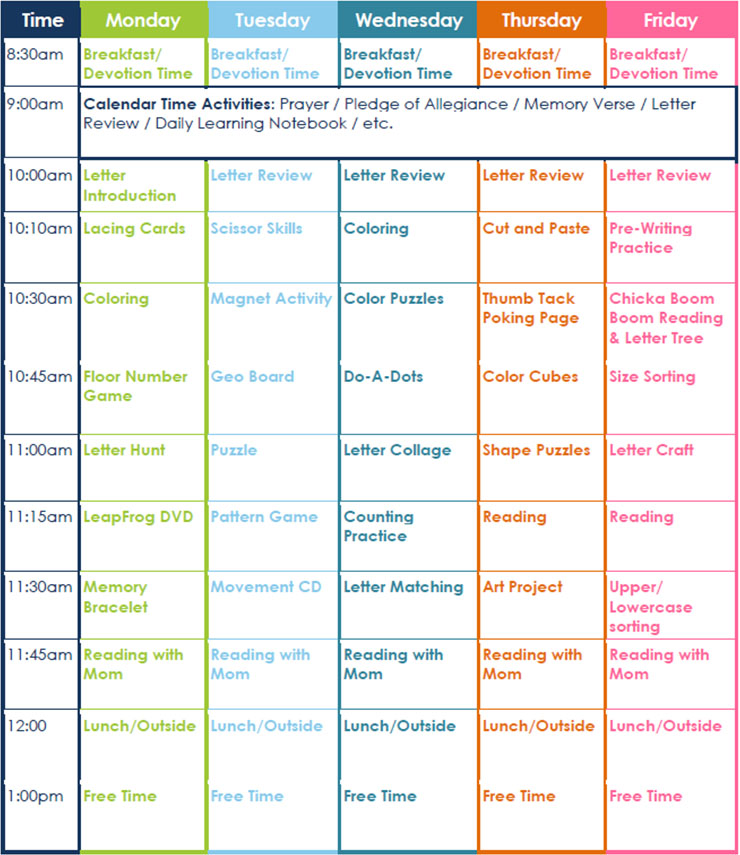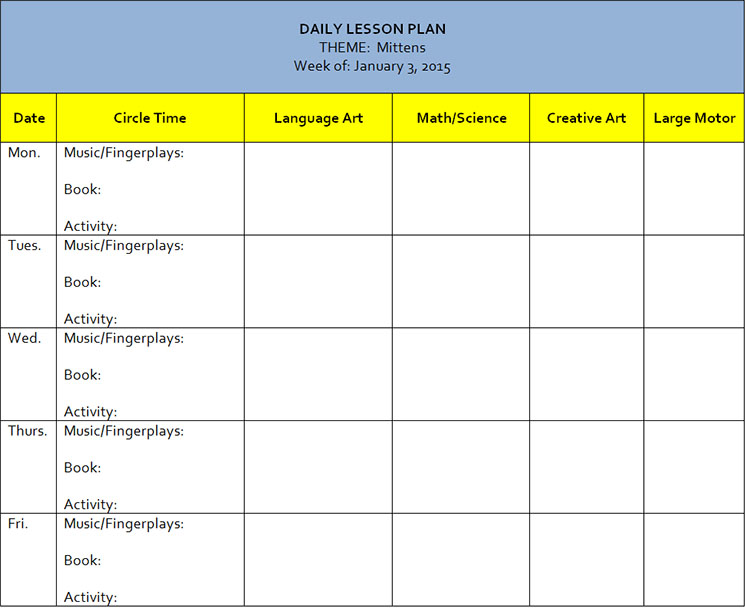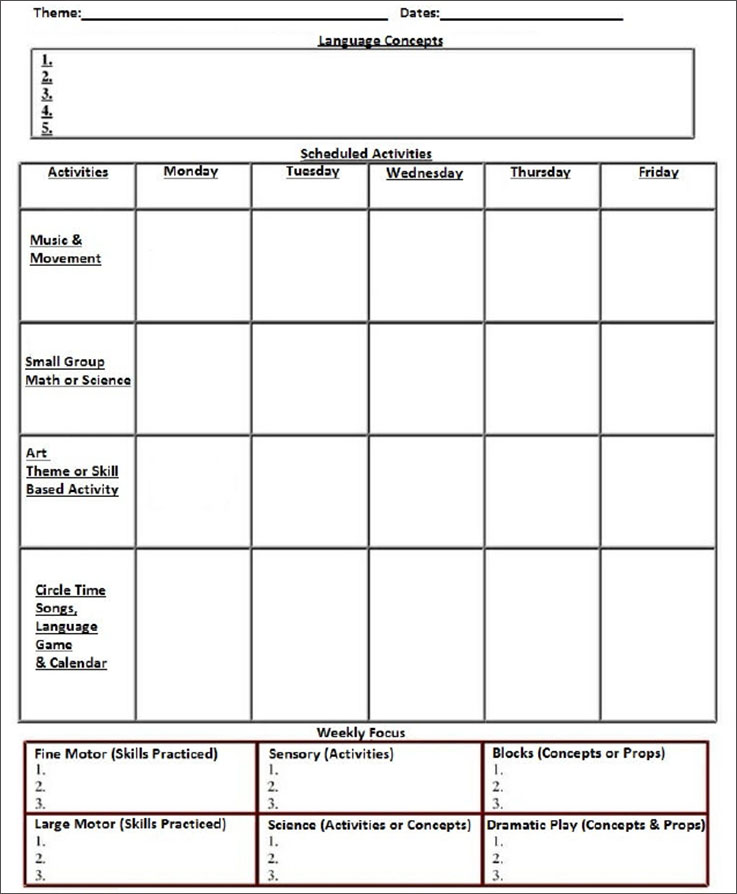In the realm of early childhood education, preschool lesson templates serve as invaluable resources for educators, providing a structured framework to deliver engaging and effective lessons. These templates offer a roadmap, guiding teachers through the planning process while ensuring that key developmental milestones are addressed. In this article, we explore the significance of preschool lesson templates and offer insights into creating impactful lessons for young learners.
Building Blocks of Learning: Understanding Preschool Lesson Templates
Preschool lesson templates are blueprints that outline the content, activities, and learning objectives for each session. They typically include sections for introduction, main activities, group time, transitions, and closure. By providing a structured framework, these templates assist educators in organizing their ideas and resources cohesively. Moreover, they ensure that lessons are developmentally appropriate and aligned with curriculum standards.
Flexibility in Structure: Tailoring Preschool Lesson Templates
While templates offer a structured framework, they also allow for flexibility to accommodate the diverse needs and interests of young learners. Educators can customize lesson templates by incorporating activities that cater to different learning styles and abilities. Whether it’s through hands-on activities, group discussions, or sensory play, adaptable templates empower educators to create dynamic and engaging learning experiences that resonate with each child.
Engaging Curiosity: Fostering Exploration and Inquiry
Preschool lesson templates are designed to spark curiosity and encourage exploration. They often include open-ended questions and opportunities for hands-on learning, allowing children to actively engage with the material. By fostering a sense of wonder and discovery, these templates cultivate a love for learning and lay the foundation for critical thinking skills. Moreover, they promote socio-emotional development by encouraging collaboration and communication among peers.
Seamless Transitions: Ensuring Smooth Flow in Lessons
Transitions play a crucial role in maintaining the flow and momentum of preschool lessons. Effective lesson templates include strategies for seamless transitions between activities, such as songs, rhymes, or simple routines. By minimizing disruptions and keeping children engaged, these templates optimize learning opportunities and maximize instructional time. Additionally, smooth transitions promote a sense of routine and predictability, which is essential for young children’s sense of security and well-being.
Reflection and Iteration: Enhancing Lesson Templates
The journey of creating preschool lesson templates is iterative, with opportunities for reflection and improvement. Educators can gather feedback from students, colleagues, and parents to refine their lesson plans and enhance their effectiveness. By reflecting on outcomes and adjusting instructional strategies accordingly, educators ensure that lesson templates evolve to meet the evolving needs of their students.
Conclusion: Nurturing Young Minds through Preschool Lesson Templates
In the vibrant landscape of early childhood education, preschool templates serve as guiding lights, illuminating the path to meaningful learning experiences for young learners. By providing a structured framework, fostering flexibility, and prioritizing engagement, these templates empower educators to create impactful lessons that inspire curiosity, promote exploration, and lay the groundwork for lifelong learning. As educators embrace the art of crafting preschool lesson templates, they embark on a journey of nurturing young minds and shaping the future.






